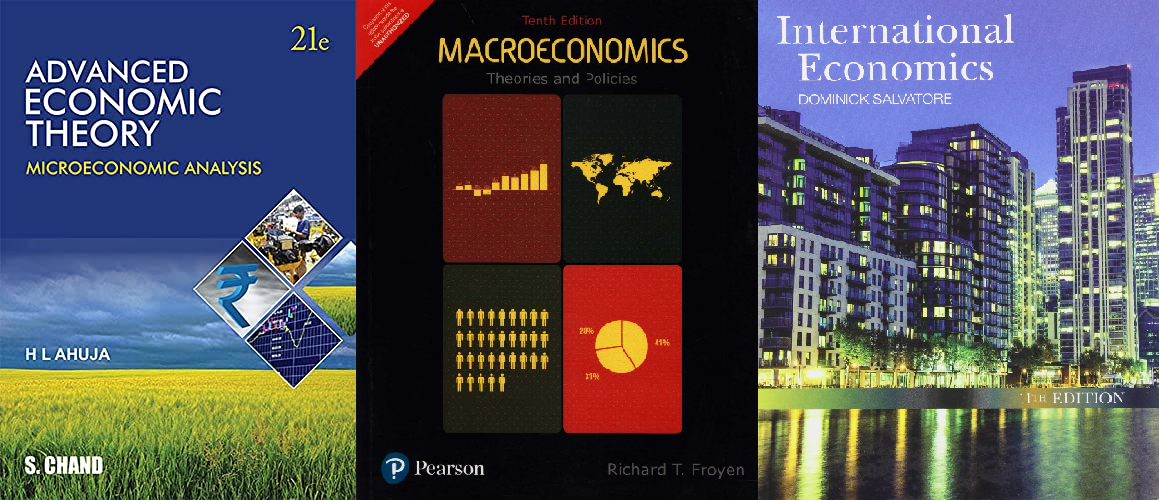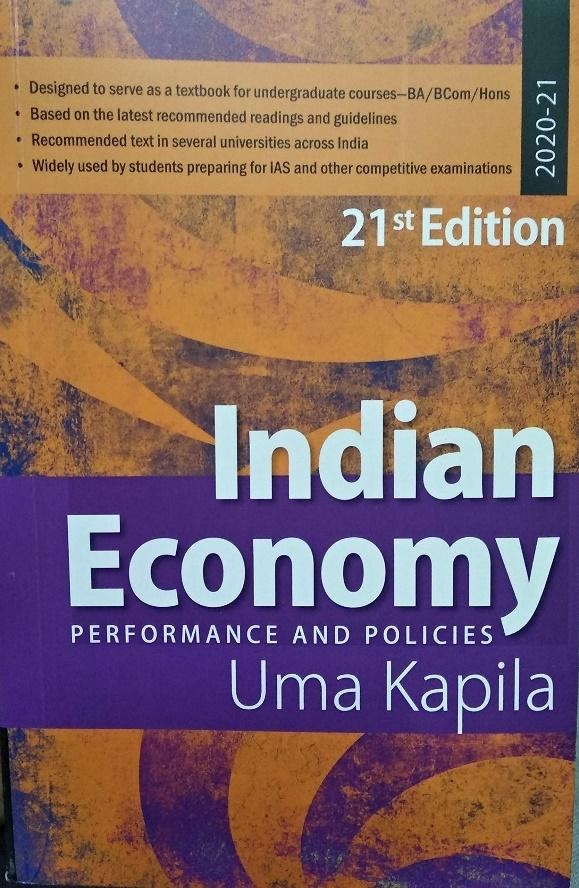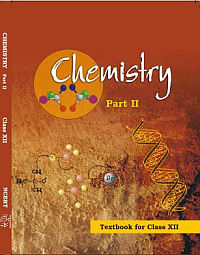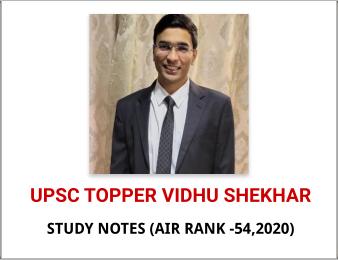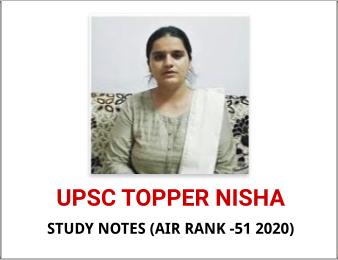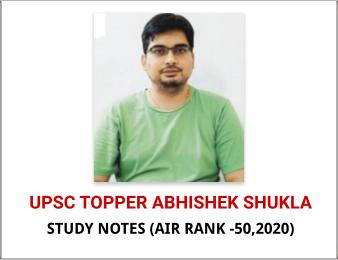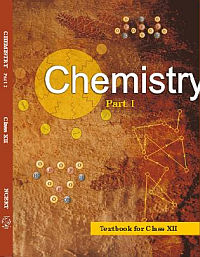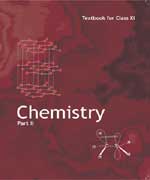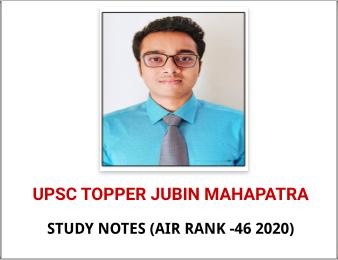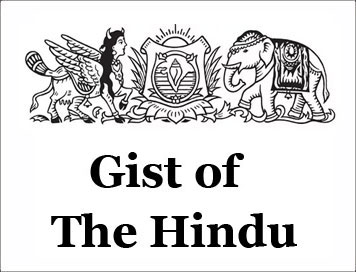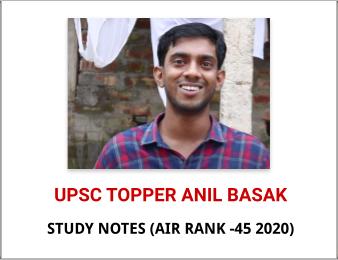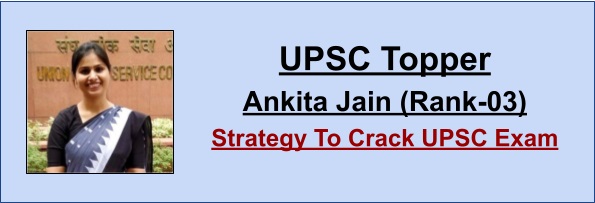
(Success Story) UPSC 2020 TOPPER, Ankita Jain (Rank-03) Shares Her Current Affairs Strategy
In UPSC Civil Services Examination 2020, sisters Ankita and Vaishali have cracked this coveted exam in the same year - one with AIR 3 and the other with AIR 21. Ankita secured the all-India rank of 3 in this exam. A Computer Science Engineer by training, Ankita has done her B.Tech from Delhi University. She spent 14 months working in the Software industry in Bangalore, later joining the reputed DRDO using her GATE score. Ankita had already cracked UPSC once, posted as an officer with the Audit and Accounts Services in Mumbai. This was her fourth attempt.
Ankita Jain's Basic Strategy For UPSC CSE 2020
Through her journey, Ankita has learned the hard way about how to navigate this examination. She topped UPSC while still working with the Audit and Accounts Services. Time management is key and despite being a working professional, Ankita consistently devoted 6 hours of her day to UPSC preparation.
Ankita also says the UPSC Syllabus is very important and that is where every aspirant should begin. Keep it handy and stick to the topics mentioned in the syllabus. The only reason she could manage her preparation is that she focussed only on the topics and not on the white noise surrounding the exam. She maintained her routine and altered it time and again to meet her needs. She used NCERT Books PDF diligently, made her notes, and kept revising as much as she can. All of this together helped her secure AIR-3 in this attempt.
Ankita Jain's Current Affairs Strategy For UPSC CSE Exam
Sources

Ankita kept her sources short and crisp -
- Either The Hindu or the Indian Express - Reading one newspaper every day is key. The Hindu is prefered for interviews. Indian Express is a better fit for the rest.
- Followed Youtube channels Prelims Booster.
- Vision monthly magazine, followed by PT365 and Mains365 for revision.
- Used Youtube channel for All Inclusive IAS as a supplementary source when needed.
For prelims, Ankita mostly depended on videos and PDFs of All Inclusive IAS. In case any topic was left out, she would go back to Vision IAS's PT365. She does not recommend making notes for prelims current affairs; instead, she used to highlight the important parts. She made separate notes from her mock test solutions and highlighted her weak points. At least 5 revisions are recommended.
For mains, make notes and divide topics under GS 1, 2, 3 or 4. Add current affairs notes as a supplement to your static notes. Once your notes are completed, you can stick to them. There is no need to go back to the monthly magazines, etc. Note down statistics and numerical values. These are very important to enrich your mains answers. Make sure you have a single repository of notes for both static and current material together. The sources do not change. Just your approach alters. Focus on compressing your notes each time you revise.
UPSC Interview
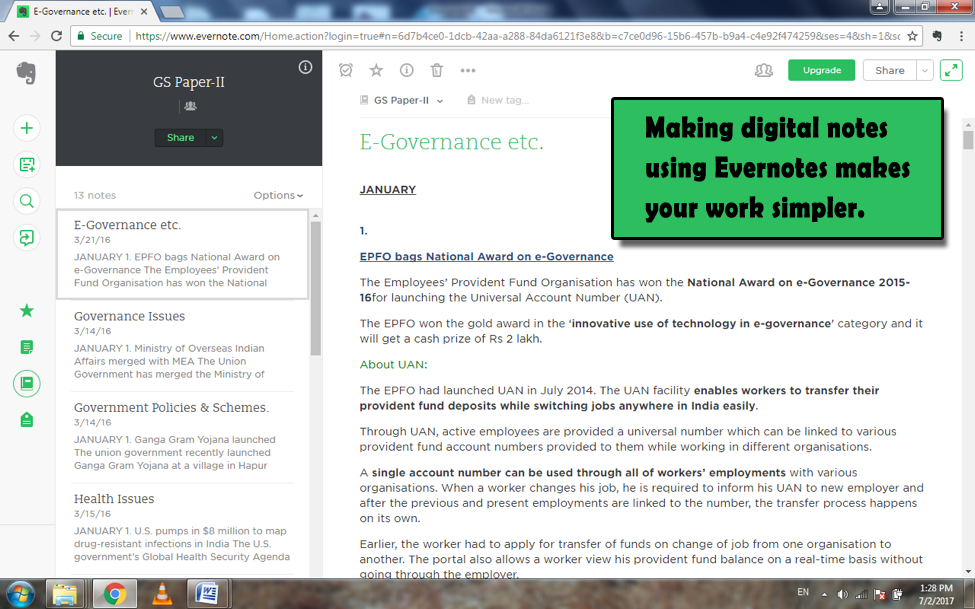
For the interview, Ankita suggests using the Vajiram and Ravi page. Using daily newspaper topics to enrich your views is important. Ankita herself made online notes. Make notes about all topics mentioned in your DAF including your native place, or your educational background, etc. Overall, as long as you are confident in your views and can present them to the panel, Ankita assures you, you will make a difference.
Best of Luck.
© IASEXAMPORTAL
CLICK HERE TO DOWNLOAD UPSC TOPPERS NOTES


